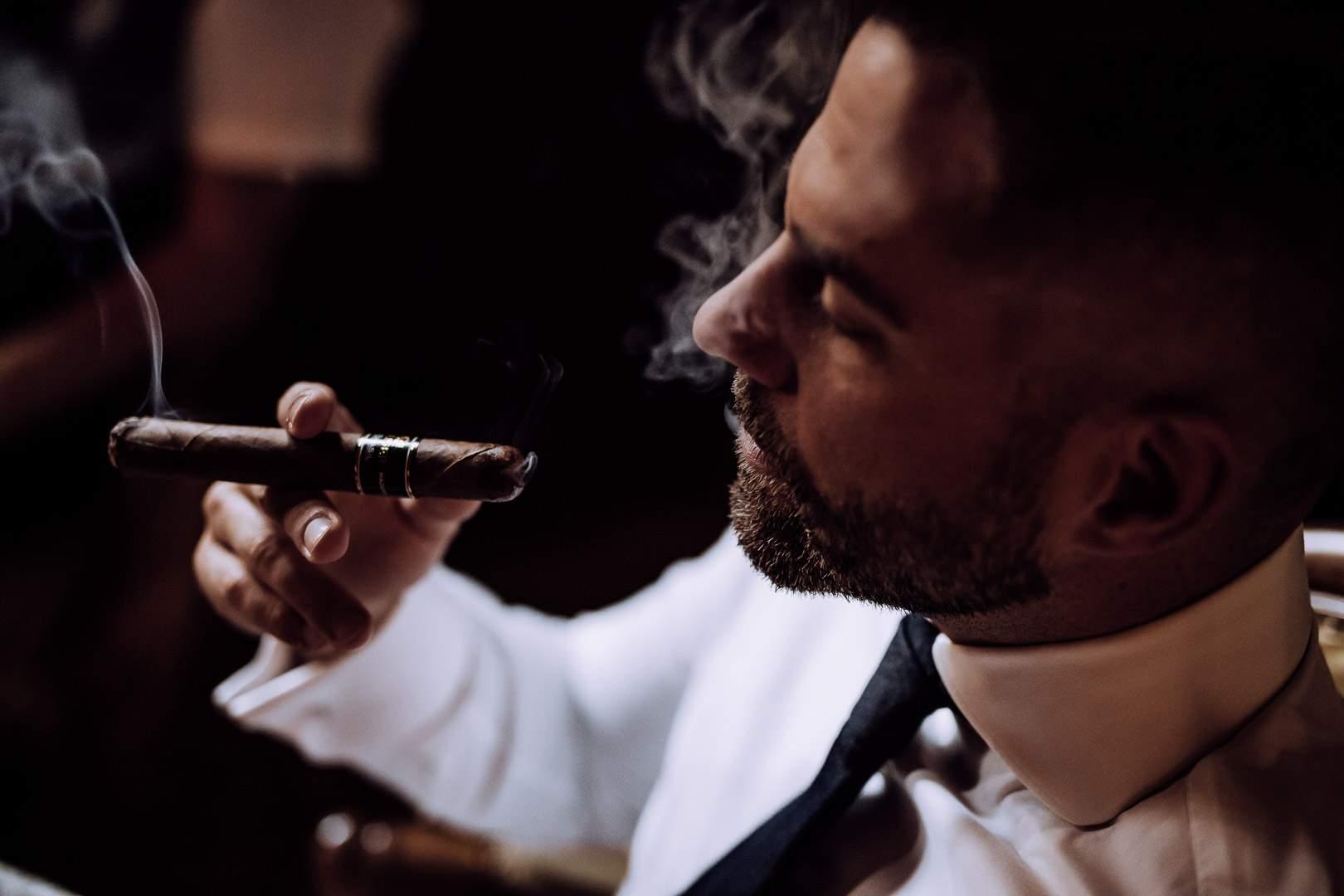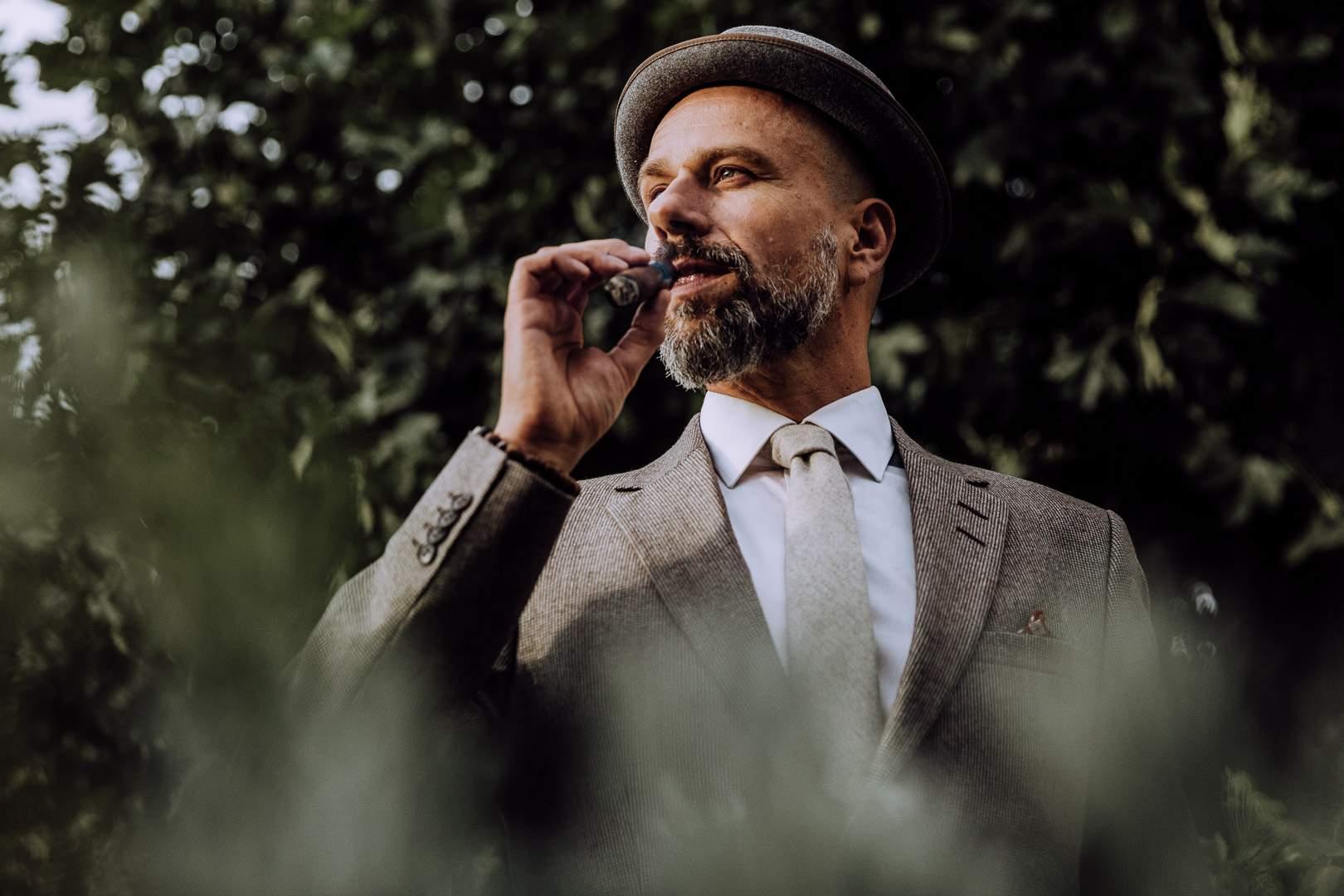VILLIGER relies mainly on Latin American tobacco for the production of its high-quality cigars. We also source Asian tobacco for use as binder or wrapper. Let us take you on a tour of the countries where VILLIGER cigars are produced.
Cuban cigars are among the most memorable ones among aficionadas and aficionados. Cuba’s development into a tobacco island began when Christopher Columbus discovered the Caribbean island in 1492 while searching for India.
Cuba – Home of Havana
However, Cuba’s early discovery alone would not have sufficed for the island to become the epitome of exquisite cigars – notably the world-famous Havana. The unique composition of Cuban soil and Caribbean climate provide the perfect conditions for cultivating rich tobacco flavors. However, not much is left of the original Cuban tobacco from Columbus days, as numerous cultivars produced new and more resistant tobacco plants. Thus the land used for cultivation, which is strongly concentrated in the four main growing areas Vuelta Abajo, Semi Vuelta, and Vuelto Arriba (which is divided into Remedios and Orient), is approximately 16,400 hectares.
Heinrich Villiger first bought Cuban tobacco for producing cigars in Pfeffikon, Switzerland in 1951. In 1989, VILLIGER established the two joint ventures 5TH AVENUE PRODUCTS Trading-GmbH and INTERTABAK AG to become the exclusive importer and distributor of Havanas in Germany and Switzerland.
Brazil – The new Cuba
Brazil is the new Cuba! Tobacco production has a long tradition in the largest South American country. The first sales building for tobacco was opened as early as the middle of the 17th century. In Recóncavo – one of the two main growing areas – tobacco leaves are still cured with the stem. This rare curing process gives the tobacco that extra flavor. Brazilian cigars are medium-bodied and appreciated for their mild, slightly sweet aroma. That is why they are so popular with beginners and aficionados alike.

Dominican Republic – The largest cigar producer
Located on the Caribbean island of Hispañiola, the Dominican Republic is among the major cigar-producing countries in the world alongside Cuba. Hispañiola’s warm and humid climate allows the tobacco to thrive just as well as it does in Cuba. However, compared to Cuba, the republic has the advantage that tobacco can be both imported and exported. The Dominican Republic is still the largest producer of cigars in the world. Its mild and light cigars are particularly suitable for beginners. Nonetheless, they are also very popular with experienced aficionadas and aficionados.
Ecuador – The go-to address for wrappers
Ecuador does not have a significant cigar tradition. However, when tobacco producers sought alternatives to tobacco from Cuba following the Cuban Revolution, the first seedlings arrived in the country bordering the Pacific Ocean. The conditions in the Los Rios Province are particularly suitable for growing tobacco. Firstly, owing to a high mineral soil content in the volcanic soils. And secondly, due to small variations in temperature across seasons and an average temperature of around 23 °C. Moreover, sunlight rarely breaks through the year-round cloud cover in Los Rios, resulting in thinner tobacco leaves with a smoother texture. These are particularly sought after as wrappers for premium cigars.
Nicaragua – Popular cigar country
Nicaragua’s volcanic soil and warm, humid climate are also suitable for cultivating unique, strong tobacco. Thus, Nicaraguan cigars are more suitable for experienced cigar connoisseurs. Tobacco from Central America is an inexpensive alternative to Cuba, both in terms of flavor and strength. A notable reason for this is that some Cuban exiles in Nicaragua were able to grow exciting tobacco plants and blends and market them successfully.

Honduras – Emerging cigar country
The Central American country’s tropical red soil and tropical climate are particularly conducive to tobacco cultivation, resulting in excellent cigars. The warm and humid tropical air mixes with the trade winds on the mountain range running from east to west. This ensures regular rainfall, which is essential for the thirsty tobacco plants. Honduran tobacco is of high quality and has a characteristic earthy taste that can compete with the best tobaccos in the world. Thus, it is not surprising that Honduras has grown in importance as a tobacco-producing country in recent years.
Mexico and Indonesia – For binder and wrapper
Tobacco from Mexico and Indonesia is also used in the production of VILLIGER cigars. The VILLIGER 1888 is one example, which features a Negro San Andrés binder from Mexico. Or the CORRIDA Dominican Republic, which is rolled into an Indonesia Besuki binder.
Selected VILLIGER cigars
We want to conclude this tour of VILLIGER’s tobacco-producing countries with selected cigars from the various countries:
- DOMINICO Robusto
- CASA DE NICARAGUA Perla
- VILLIGER DO BRASIL CLARO Toro
- VILLIGER 1888 Minuto
- VILLIGER 1492 Churchill
